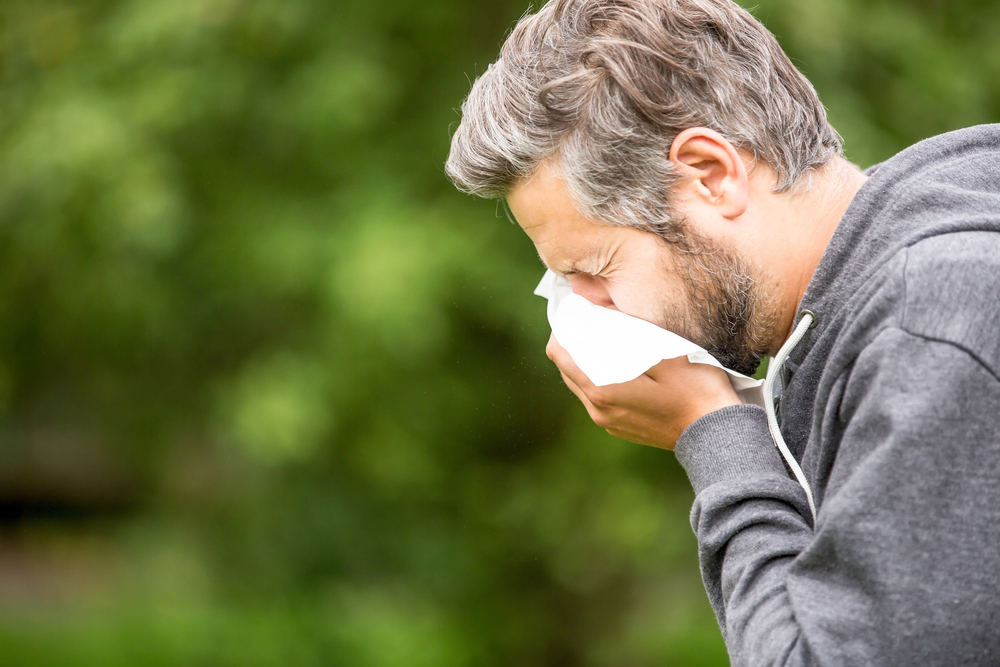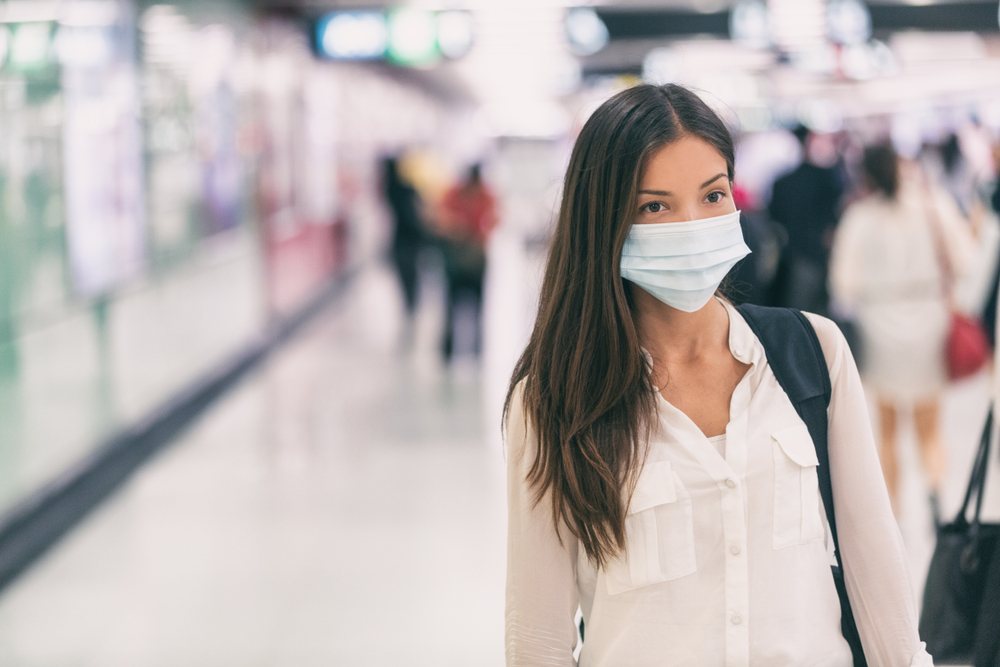Published April 1, 2022 in myfox8.com
By Alix Martichoux, Nexstar Media Wire
(NEXSTAR) – For many, springtime can mean a return of seasonal allergies. But how can you tell if it’s pollen or the latest COVID-19 variants that’s making you sneeze?
The most common symptoms associated with the omicron variant (which makes up nearly all COVID-19 cases in the U.S. right now) are runny nose, headache, fatigue, sneezing and sore throat, according to the ZOE Covid Study, which has been tracking COVID-19 symptoms in the United Kingdom.
Some of those symptoms overlap with allergies, which can make it confusing (and stressful) when you start to feel bad.
The best way to answer the question of whether you have the coronavirus or just allergies is to take a COVID test – either a rapid at-home test or a PCR test at a testing location.
While you wait for your results, you can also compare the most common symptoms of allergies and COVID-19, as explained by the Mayo Clinic:
You could also have a common cold or the flu. For more on those possibilities, check out the Mayo Clinic’s breakdown of symptoms.
The symptoms of omicron made it harder to distinguish from other ailments than previous variants of the virus, like delta. The loss of smell or taste, for example, used to be a sure sign you had the coronavirus, but was found to be much less common with omicron.
People vaccinated against COVID-19 are also more likely to experience cold-like symptoms with an omicron infection, whereas unvaccinated people are more likely to report flu-like symptoms and shortness of breath.
In the U.S., the BA.2 subvariant of omicron has started to overtake the BA.1 type of omicron that caused the recent winter surge, but both types of omicron cause the same symptoms.




